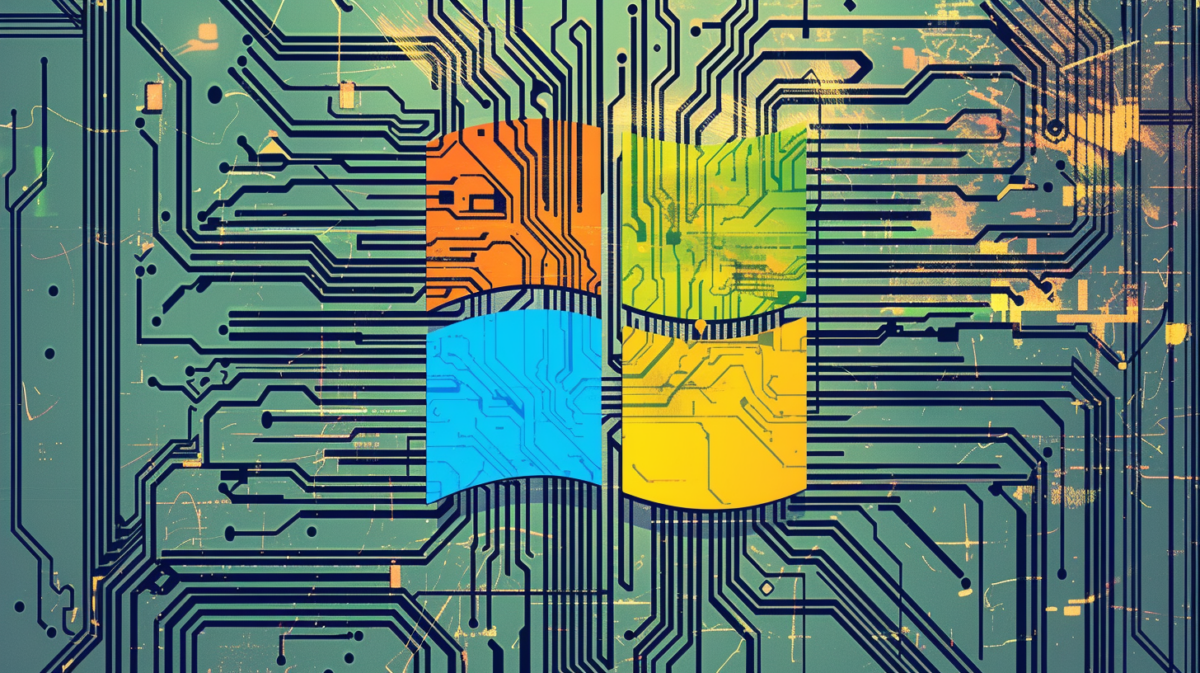Nvidia's AI upscaling DLSS has revolutionized gaming graphics by squeezing much more performance out of the same hardware - and in some cases, more detail. Microsoft seems to be working on a similar feature.
Microsoft appears to be developing an AI upscaling feature for PC gaming on Windows 11 that is similar to Nvidia's Deep Learning Super Sampling (DLSS) technology. The "Automatic Super Resolution" feature, which was spotted by an X user in the latest test version of Windows 11, is designed to use AI to improve frame rates and image detail in supported games.
Microsoft has not officially announced the new super-resolution feature, and it is unclear whether it requires special hardware. Nvidia only supports DLSS on its 2000 series and later graphics cards.
Nvidia DLSS redefines gaming performance through AI
Nvidia DLSS is an AI-based upscaling that can improve the image quality of computer games while increasing performance. The technology uses an artificial neural network that learns to distinguish between low- and high-resolution images by training on high-resolution images.
Once trained, the network can upscale a low-resolution image, adding detail with significantly less performance than native high-resolution rendering. Unlike traditional scaling methods, there is no loss of image quality; in fact, the image may even become more detailed.
The first versions of DLSS (DLSS 1 and DLSS 2) used neural networks optimized for upscaling. These networks were trained with low-resolution and ultra-high resolution (16K) screenshots to learn the difference between the resolutions.
With DLSS 3, Nvidia has introduced a new generation of AI rendering that can compute full frames without burdening the graphics pipeline. As a result, the frame rate can be quadrupled compared to an image without DLSS.
DLSS 3.5 is the latest version of Nvidia's technology that uses AI to improve the quality and performance of ray tracing in games and Nvidia Omniverse.
AMD and Intel have also introduced their upscaling technologies, FSR and XeSS, which are partly based on AI, but have not yet reached the quality of DLSS.
